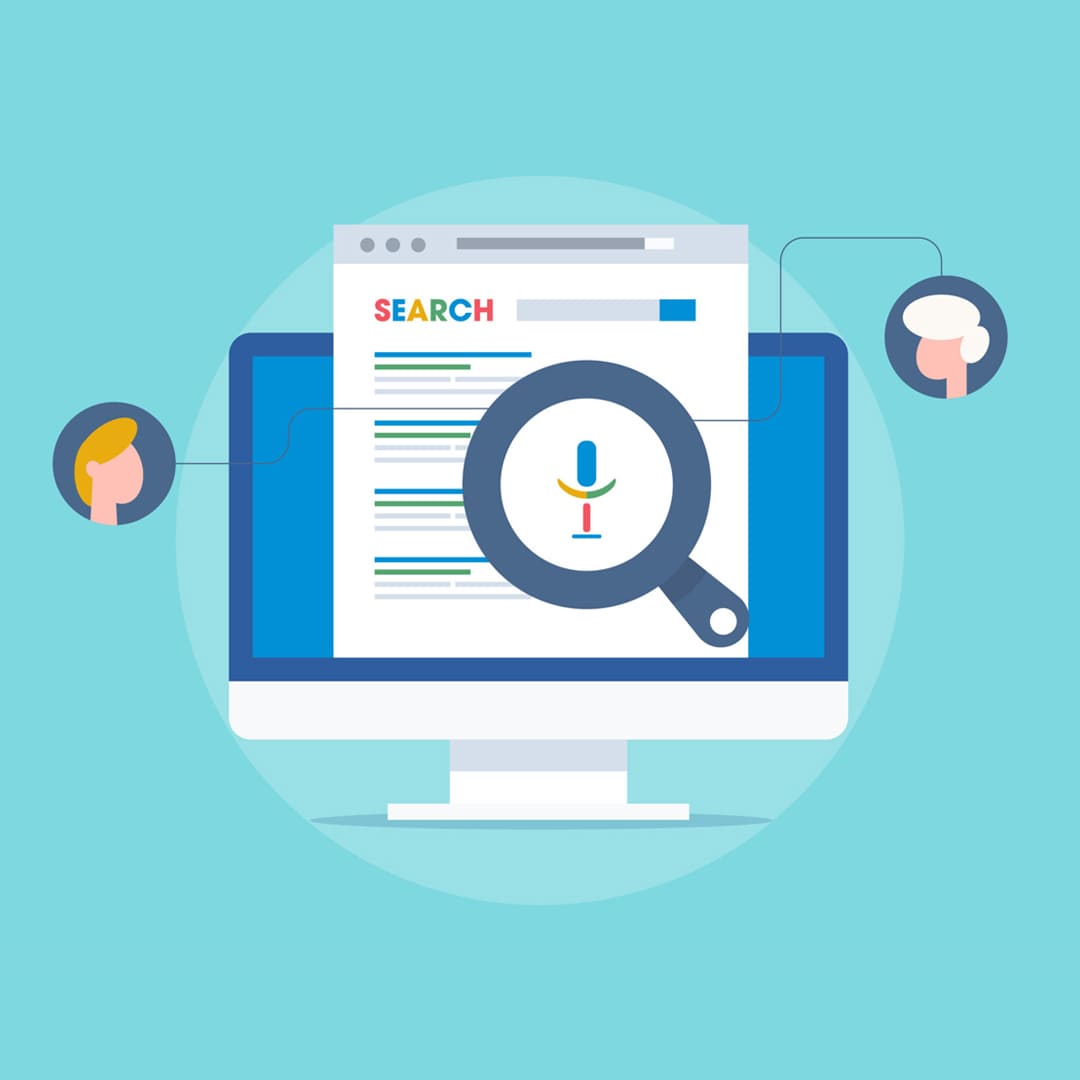Agile Decoded: A Deep Dive into Agile Methodologies

Agile methods have become essential for teams trying to increase productivity, adaptability, and work quality in the fast-paced field of software development. These approaches give teams a set of guidelines and best practices that direct the development process, enabling them to adjust to shifting needs and satisfy clients. We will examine the three most widely used Agile approaches—Scrum, Kanban, and Lean—as well as provide an overview of other Agile techniques in this thorough discussion.
In the dynamic field of software development, flexibility and agility are now critical skills. Conventional project management techniques frequently found it difficult to adapt to the quickly shifting needs and expectations of their clients. Agile approaches arose as a revolutionary force in reaction to these difficulties, providing a structure that encourages cooperation, openness, and ongoing development. Several approaches, including Scrum, Kanban, and Lean, have become well-known in the Agile community. Each has a distinct strategy for producing software with high quality and efficiency. This thorough examination attempts to clarify Agile approaches by revealing the core concepts of Scrum, Kanban, Lean, and other approaches, providing a thorough grasp of their operation and importance in the software development industry.
Agile Methodologies - An Overview
Agile approaches are a collection of software development practices that prioritize teamwork, iterative development, and client feedback. The Agile Manifesto lists the following concepts as the cornerstones of agile methodologies:
- Individuals and interactions over processes and tools.
- Working software over comprehensive documentation.
- Customer collaboration over contract negotiation.
- Responding to change over following a plan.
These principles serve as the foundation for Agile methodologies, enabling teams to be more responsive, deliver valuable software sooner, and foster a culture of continuous improvement.
Scrum - Iterative and Incremental Development
Scrum is a widely used Agile methodology that is renowned for its methodical approach to project management. It works especially effectively for projects with complicated work environments and quickly changing requirements. Key elements of Scrum include:
Scrum Roles
- Product Owner: specifies the product backlog and speaks on behalf of the client.
- Scrum Master: Ensures that the team follows Scrum principles and removes obstacles.
- The cross-functional team called the development team is in charge of producing the final product.
Scrum Artifacts
- Product Backlog: A prioritized list of jobs and features is called a product backlog.
- Sprint Backlog: Work items selected for a specific sprint.
- Increment: The potentially shippable product increment at the end of a sprint.
Scrum Events
- Sprint: A time-boxed development cycle, usually lasting two to four weeks.
- Daily Stand-up: A short daily meeting to discuss progress and obstacles.
- Sprint Review: A meeting at the end of each sprint to review the increment.
- Sprint Retrospective: A meeting for the team to reflect on their processes.
- Scrum promotes transparency, collaboration, and a structured approach to delivering high-quality software in regular iterations.
Kanban - Visualize Workflow
Kanban is an Agile methodology derived from the manufacturing world, particularly the Toyota Production System. It focuses on visualizing work, limiting work in progress (WIP), and optimizing flow. Key elements of Kanban include:
- Kanban Board: A visual representation of work items and their status, typically organized in columns (To Do, In Progress, Done).
- Work in Progress Limits: Setting limits on the number of tasks that can be in progress at any given time, preventing overloading the team.
- Continuous Flow: Work items move through the Kanban board as space becomes available in the "In Progress" column, ensuring a steady and controlled flow of work.
- Pull System: Work is pulled by team members when they have capacity, rather than being pushed onto them.
- Kanban's flexibility makes it suitable for both software development and operational tasks. It provides a way to visualize and manage work efficiently.
Lean Software Development - Minimizing Waste
Lean Software Development draws inspiration from Lean manufacturing principles and aims to eliminate waste, increase efficiency, and deliver value to the customer. Key principles of Lean Software Development include:
- Value: Focus on delivering value to the customer and identifying what is essential to them.
- Value Stream Mapping: Analyze and optimize the entire process to reduce waste and bottlenecks.
- Flow: Ensure a smooth and efficient flow of work by eliminating delays and handoffs.
- Pull System: Allow work to be pulled based on customer demand rather than pushing work into the system.
- Continuous Improvement: Encourage ongoing reflection and adaptation to improve processes.
Lean principles can be combined with other Agile methodologies to reduce waste and increase efficiency in software development.
Other Agile Approaches
- While Scrum, Kanban, and Lean are some of the most widely recognized Agile methodologies, there are other approaches and frameworks worth mentioning:
- Extreme Programming (XP): XP emphasizes technical excellence through practices like test-driven development, continuous integration, pair programming, and frequent releases.
- Dynamic Systems Development Method (DSDM): DSDM provides a framework for managing projects that emphasizes collaboration, communication, and the delivery of high-value features early in the project.
- Scaled Agile Framework (SAFe): SAFe is designed to scale Agile principles and practices to large organizations and complex projects by incorporating Lean, Agile, and product development flow.
- Large Scale Scrum (LeSS): LeSS is an Agile framework that scales Scrum principles for large organizations, emphasizing simplicity and empirical process control.
- Disciplined Agile Delivery (DAD): DAD is a process decision framework that allows organizations to select the practices and life cycles that work best for them.
Teamwork at Its Agile Best: Unveiling the Roles that Drive Success
Roles and duties in Agile teams are usually specified in a way that encourages cooperation, openness, and efficient delivery of high-quality software. While Scrum and Kanban are two examples of agile approaches with distinct roles, many of the concepts also apply to Agile teams in general. In Agile teams, the following roles and the duties that go along with them are typical:
Product Owner:
Responsibilities:
- Define and prioritize the product backlog, ensuring it reflects customer needs and business priorities.
- Communicate the vision of the product to the team.
- Make decisions on features, functionality, and release timing.
- Serve as the main point of contact for interested parties.
- Accept or reject work results based on the Definition of Done.
Scrum Master (Scrum-specific):
Responsibilities:
- Ensure that the Scrum framework is followed.
- Mentor the group in Agile methods and concepts.
- Facilitate Scrum ceremonies, such as sprint planning, daily stand-ups, sprint review, and sprint retrospective.
- Remove impediments that hinder the team's progress.
- Promote continuous improvement within the team.
Agile Team Members:
Responsibilities:
- Collaborate with other team members to deliver work items.
- Participate actively in sprint planning, daily stand-ups, sprint reviews, and sprint retrospectives.
- Develop high-quality code or deliver other work items, such as design, testing, or documentation.
- Continuously communicate and share knowledge with team members.
- Strive for self-organization and cross-functionality.
Scrum Development Team (Scrum-specific):
Responsibilities:
- Decide how much work to take on during a sprint.
- Collaborate to design and develop product increments.
- Ensure that the product increment is potentially shippable at the end of each sprint.
- Identify any obstacles and communicate the same to the Scrum Master.
- Continuously inspect and adapt their processes for improvement.
Stakeholders:
Responsibilities:
- Engage with the team to clarify requirements and provide feedback.
- Attend sprint reviews to inspect and provide feedback on the delivered product increments.
- Prioritize features and provide input into the product backlog.
- Be available to answer the questions asked by the development team.
Technical Lead or Architect (if applicable):
Responsibilities:
- Provide the team with technical guidance and leadership.
- Ensure that the architecture and technical decisions align with the product's goals.
- Oversee and review technical work to maintain quality standards.
- Collaborate with the Product Owner and team to make technical decisions.
Quality Assurance (QA) or Testing Specialist:
Responsibilities:
- Develop and execute test plans and test cases.
- Ensure that software meets quality standards through testing.
- Work together with the development team to find and address bugs.
- If the team decides to use test-driven development (TDD), take part in it.
UX/UI Designer:
- Responsibilities:
- Create and enhance the product's user interface and experience.
- Help the team make sure the designs complement the objectives of the product.
- Prototype and create design assets as needed.
It's essential to note that in Agile, roles can be flexible, and team members often help each other in various tasks, fostering a culture of shared responsibility and collaboration. The Agile mindset encourages adaptability and emphasizes the importance of delivering value to the customer while continuously inspecting and adapting processes for improvement.
Agile methodologies have revolutionized the software development industry by promoting adaptability, collaboration, and a focus on delivering value to the customer. Scrum, Kanban, and Lean, along with other Agile approaches, offer a range of options to suit different project types and team dynamics. The flexibility and principles of Agile make it a powerful methodology for today's dynamic and fast-changing software development landscape. By understanding these methodologies, teams can choose the best approach to meet their specific needs and deliver high-quality software efficiently. In conclusion, the world of software development has witnessed a transformative shift with the widespread adoption of Agile methodologies. This comprehensive explanation has unveiled the core principles and practices of Agile, with a focused exploration of Scrum, Kanban, and Lean, while also touching upon other Agile approaches. Agile approaches enable teams to work together productively, adapt to change, and provide value to clients in a dynamic environment. Software development teams may increase productivity, optimize their workflows, and—most importantly—repeatedly produce software that satisfies the changing demands of their consumers by comprehending and utilizing the guiding concepts of these approaches. Agile approaches' inherent flexibility and adaptability make them a vital weapon in the toolbox of contemporary software development, ensuring that businesses are prepared to prosper in the fast-paced, cutthroat climate of today.
Recent Stories
500k Customer Have
Build a stunning site today.
We help our clients succeed by creating brand identities.
Get a Quote





















































































































